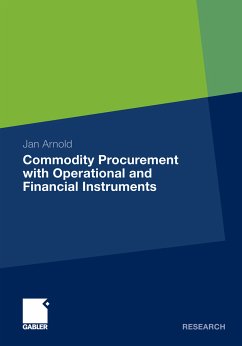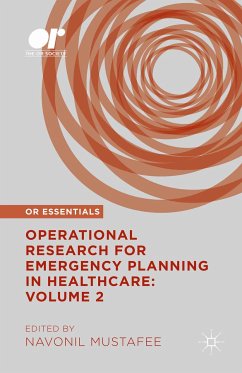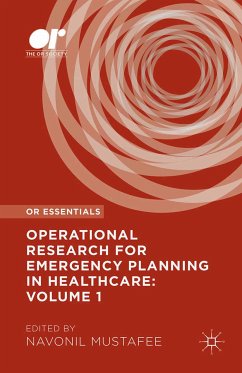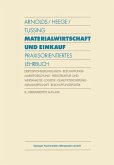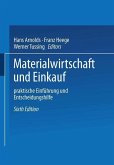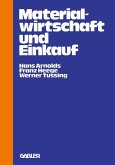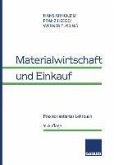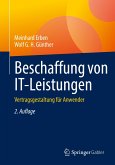The recent economic developments have strongly increased the interest in altering raw material prices and especially in the protection from volatile and increasing prices. Jan Arnold integrates financial and operational aspects into a holistic approach to commodity procurement. He shows how to combine operational strategies considering just-in-time procurement, inventory holding and backlogging with financial strategies considering derivative instruments into an optimal procurement plan under volatile procurement prices.
Dieser Download kann aus rechtlichen Gründen nur mit Rechnungsadresse in A, B, BG, CY, CZ, D, DK, EW, E, FIN, F, GR, HR, H, IRL, I, LT, L, LR, M, NL, PL, P, R, S, SLO, SK ausgeliefert werden.

